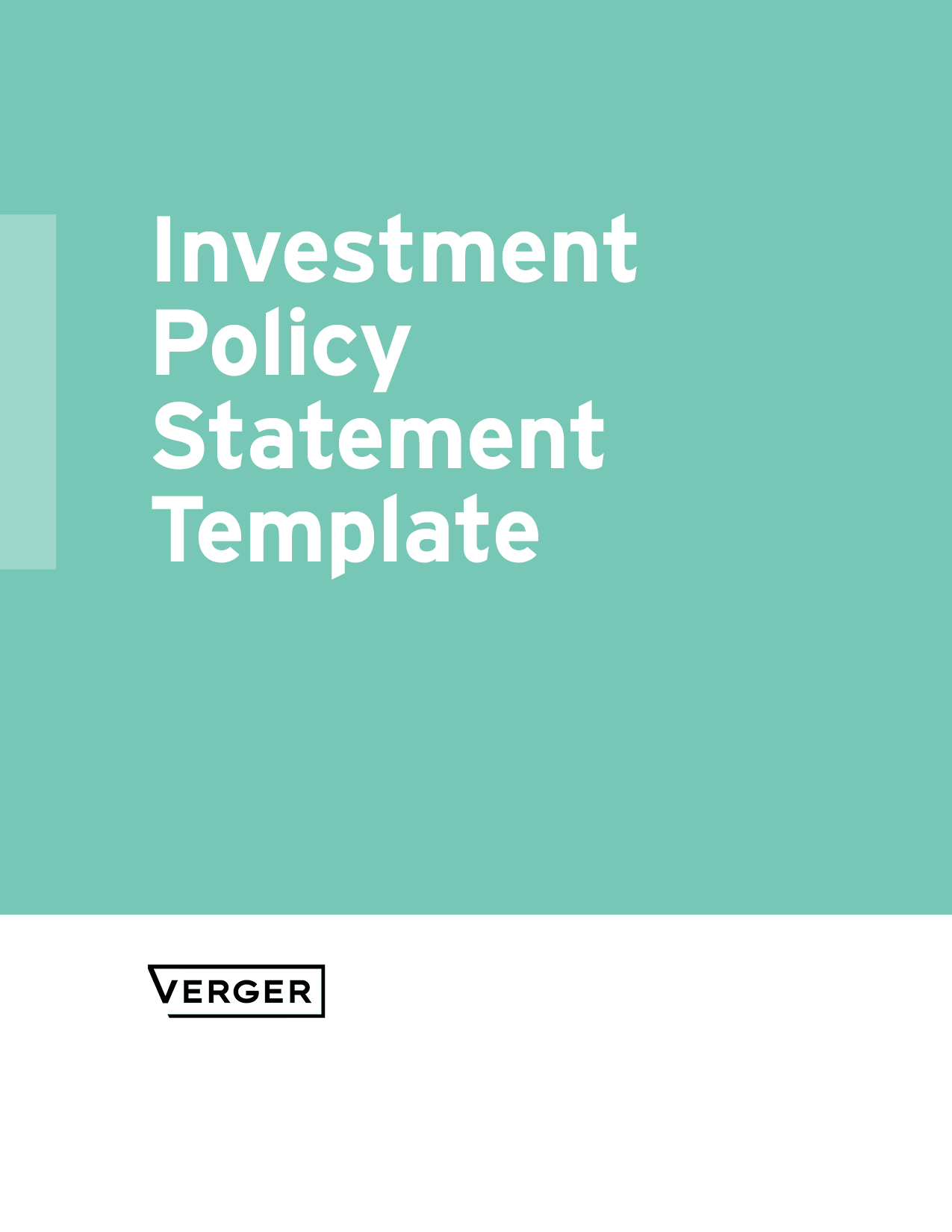
Key Components of Non-Profit Investment Policy Statements
A non-profit’s mission statement is integral to a non-profit’s operations. It drives programming, establishes practices, and sets guardrails to prevent mission creep. Just as the mission statement unites the organization in a shared purpose, the Investment Policy Statement (IPS) guides the organization’s approach to investment management. The IPS is the point of reference for the organization and any partners in investment management, capturing knowledge gained and decisions informed by each stage of the investment process. The primary goal of the IPS is to establish clearly defined guidelines that align the organization’s investment objectives and operational requirements.
Writing Your IPS
An effective IPS is like a guidebook. Just as guidebooks are unique to the location described, an IPS must be specific to an individual non-profit’s approach, objectives, and context. Like the locations visited in a guidebook, an organization’s circumstances may evolve over time. While the IPS is a living document, it should be long-term in nature, serving as part of the organization’s institutional memory and discouraging reactive decision-making. And, as with all travel plans, one seeks out activities that are rewarding while avoiding danger. Similarly, these guidelines should limit excessive risk-taking while necessitating that the organization assumes sufficient risk to generate the targeted return.
Four Critical Components of an IPS
- Roles and Responsibilities: Who is responsible for governing, managing, and operating the endowment and foundation assets? Define the roles and expectations of board members, committee members, staff, and investment managers so lines of responsibility are clear, duplication of efforts is minimized, and checks and balances in oversight are ensured.
- Performance Objectives: What is the role of the investment portfolio and how can performance expectations and objectives support the unique needs of the organization? Generally, institutional investors will determine a target rate of return that exceeds the annual spending rate, inflation, and investment management costs over long periods of time and full market cycles. This expected return is heavily tied to the organization’s risk tolerance and its reliance on endowment or foundation assets to fund operations and deliver on their mission through annual distributions. No matter the current or near-term needs of the organization, the overarching goal should remain the same; preserve the long-term purchasing power of the portfolio to ensure the availability of these funds for generations to come.
- Investment Guidelines: What is the appropriate approach to investment management given the stated objectives? This includes critical guidance in areas such as asset allocation, allowable investment vehicles, spending policy, liquidity, and risk management. The determination of the appropriate policy allocation is a key component of the overall IPS as it guides the diversification of investment assets with the goal of higher risk-adjusted returns. These targets are set with acceptable ranges and benchmarks to accommodate tactical opportunities and market fluctuations. Clear allocation targets for permitted asset classes and strategies together with expectations for spending, liquidity management and risk considerations establish the path for portfolio growth without losing sight of the organization’s balance sheet and operational needs.
- Policies and Procedures: What are the processes that will guide the board, committee members, and investment manager in their oversight of the investment portfolio? Organizations should seek to establish clear practices on key governance matters, including managing conflicts of interest, proxy voting, responsible decision-making, and adapting to evolving priorities. These policies serve to reinforce long-term thinking and safeguard both the board and investment management partners in serving the best interests of the portfolio and the organization as a whole.
For more detail regarding the structure and components of effective investment policy, download our template Investment Policy Statement.

Free Investment Policy Statement Template
